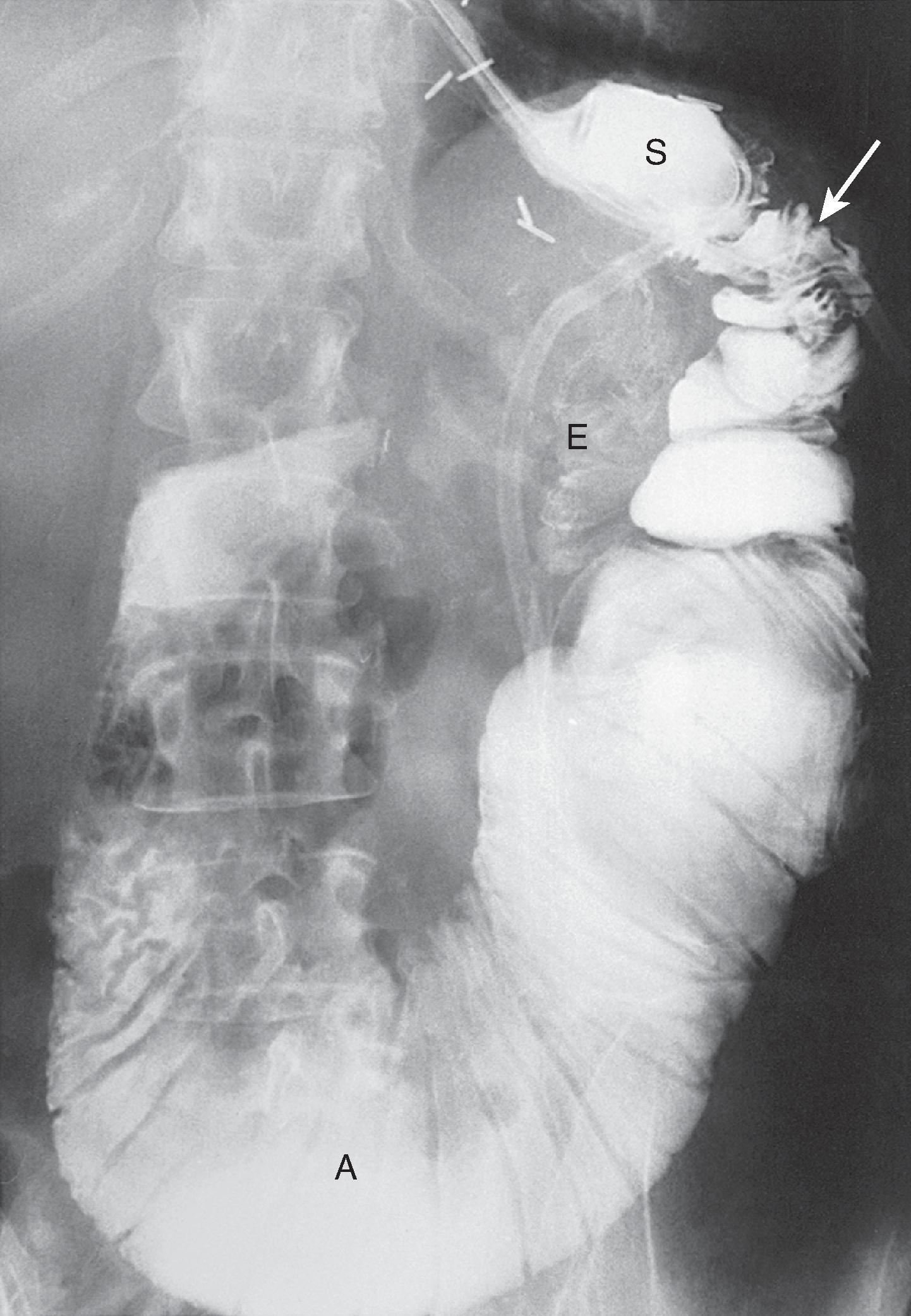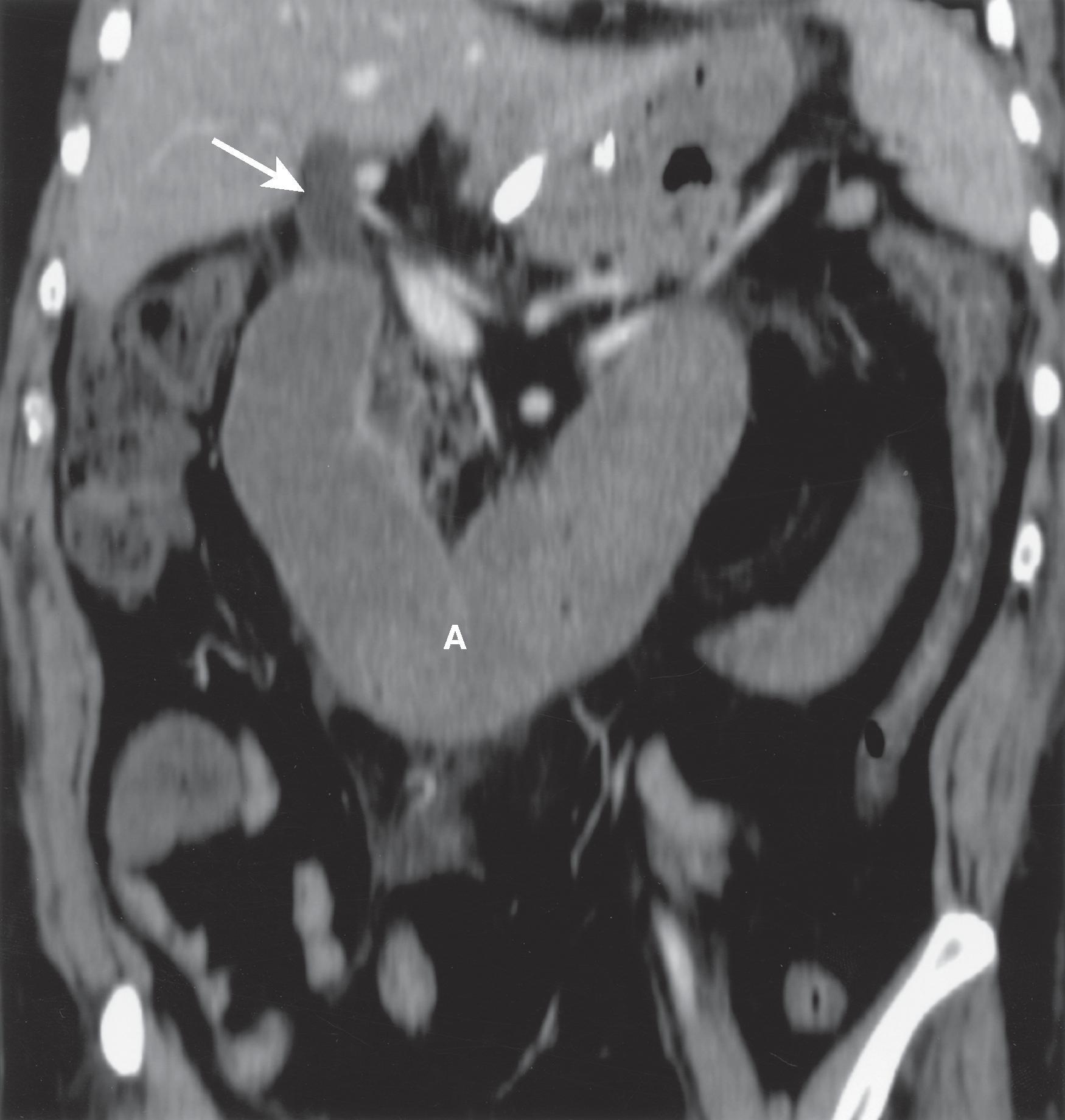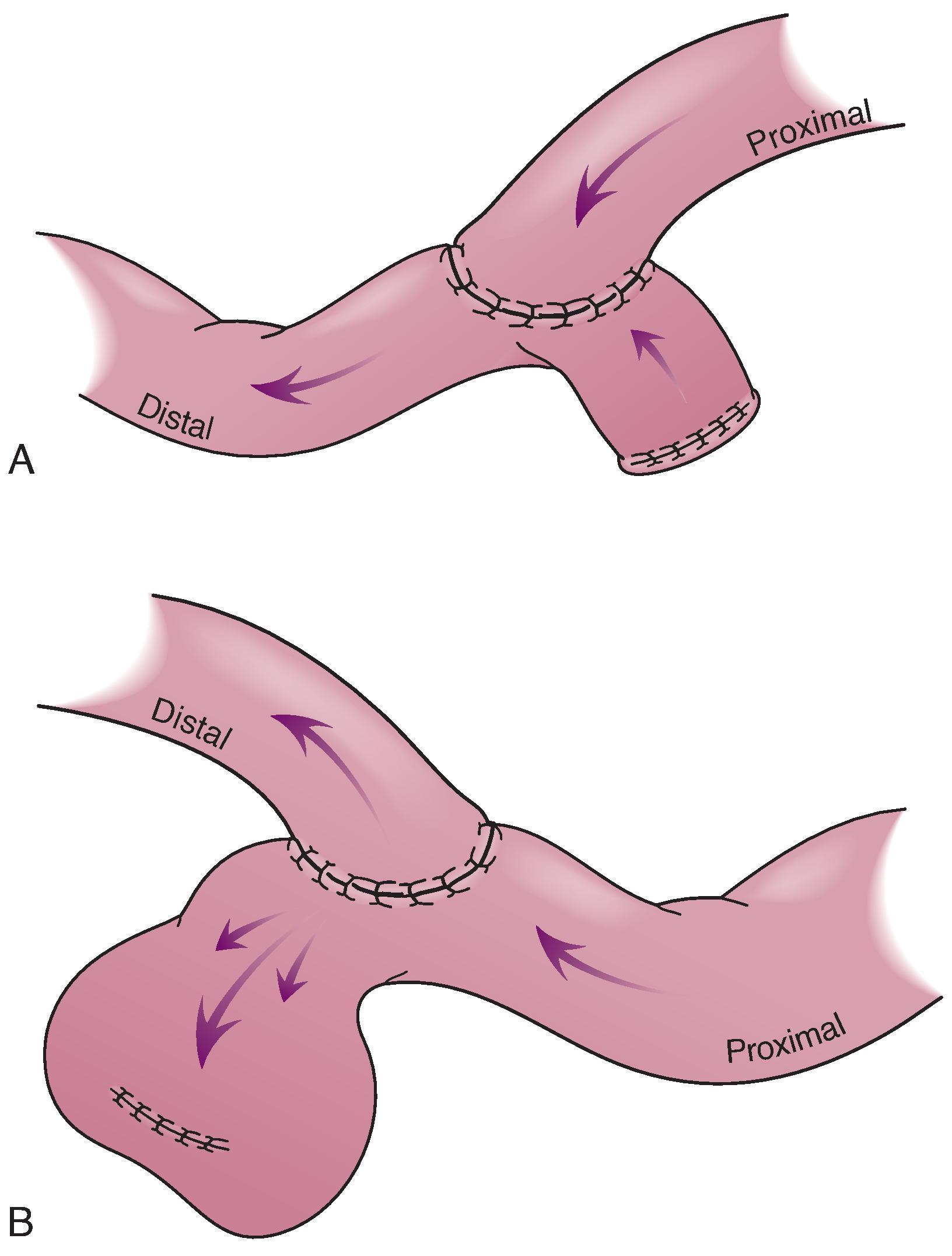Physical Address
304 North Cardinal St.
Dorchester Center, MA 02124
Surgical treatment of small bowel disease requires the use of relatively few surgical techniques, and most are applicable to any segment of the jejunum and ileum. These techniques include enterotomy for removal of polyps or foreign bodies; enteroplasty for treatment of strictures; enterectomy for resection of obstructed, traumatized, neoplastic, or necrotic small bowel; plication to prevent intestinal obstruction, and creation of ostomies or mucous fistulas for feeding or drainage purposes. The small bowel is also used for surgical construction of reservoirs after gastrectomy and proctocolectomy, and for reconstitution of biliary and pancreatic flow into the gastrointestinal (GI) tract. Finally, there is the surgical option of small bowel transplantation for treatment of select patients with short bowel syndrome and intestinal failure.
The preferred small bowel imaging technique is computed tomography (CT) enterography, which requires the patient to drink large quantities of a positive or neutral enteric contrast agent in a short period of time to adequately distend the lumen.
Alterations in small bowel physiology or anatomy may occur after certain operations on the stomach. In the postgastrectomy syndrome, various pathophysiologic disorders develop as a result of interruption of the pyloric sphincter mechanism or as the sequelae of vagotomy. Rapid influx of hyperosmotic gastric contents into the small bowel may produce the so-called “dumping syndrome” characterized by urgent diarrhea and postprandial cramping. Small bowel studies may reveal mild dilation and hypermotility of the efferent jejunum in affected patients. Small bowel dysmotility with bacterial colonization, intestinal malabsorption, and impaired pancreatic and biliary function may also contribute to postvagotomy diarrhea.
An afferent loop may be created when an esophagoenterostomy, gastroenterostomy, or enteroenterostomy is performed for various types of gastric or pancreaticogastric surgery. In Billroth II gastrojejunostomy, the afferent loop is the duodenum; in Whipple’s procedure, the afferent loop is the jejunal Roux limb; and in Roux-en-Y gastric bypass, the afferent loop is the duodenum and proximal jejunum. Afferent loop obstruction (also known as biliopancreatic limb obstruction) is an uncommon complication of these surgical procedures that occurs with variable clinical severity, acuteness, and chronicity.
Afferent loop syndrome refers to chronic partial obstruction of the afferent loop. Causes include anastomotic stenosis, adhesions, retrograde intussusception, volvulus, internal hernias, recurrent tumor, and inflammatory disease. , The clinical diagnosis of afferent loop obstruction can be difficult in patients who experience vague symptoms, but the correct diagnosis may be suggested in postsurgical patients who present with the classic finding of abdominal pain relieved by bilious vomiting. Acute afferent loop obstruction can result in pancreatitis, whereas chronic afferent loop obstruction can result in malabsorption, GI bleeding, or perforation.
Abdominal radiographs are often normal because the obstructed afferent loop is filled with fluid secondary to accumulation of biliary, pancreatic, and intestinal secretions. Barium studies may suggest the diagnosis if there is preferential filling of a dilated afferent loop with associated stasis ( Fig. 34.1 ). In contrast, the obstructed afferent loop can be directly visualized on CT by a dilated, U-shaped, fluid-filled afferent loop that traverses the midline, producing characteristic findings( Fig. 34.2 ). Transmitted pressure from obstruction of the afferent loop may be sufficient to distend the gallbladder and bile ducts. , Coronal CT images aid in identifying the course of the obstructed loops and in differentiating dilated small bowel from other fluid collections.


Intestinal anastomoses may be constructed end-to-end, functional end-to-end (anatomic side-to-side), end-to-side, or side-to-side. An end-to-end anastomosis is the preferred construction for reestablishing small bowel continuity, provided there is minimal disparity in luminal size between the anastomosed loops. An end-to-end anastomosis ideally should prevent small bowel stasis syndromes. When a segment of small bowel is resected, closure of the two exposed ends of remaining intestine via a side-to-side anastomosis in close proximity to the closed ends creates a functional end-to-end anastomosis that increases the size of the anastomosis and decreases the risk of anastomotic narrowing or obstruction. An end-to-side anastomosis is created to compensate for a large disparity in size between the proximal and distal lumens that precludes an end-to-end anastomosis, and a side-to-side anastomosis is indicated in unusual clinical situations in which expeditious bypass of an obstructed segment of small bowel is required (e.g., patients with extensive small bowel carcinomatosis). When an end-to-side anastomosis is performed, the end of the proximal intestinal segment is anastomosed to the side of the distal segment. This configuration ensures that peristalsis in the blind end of the distal segment is directed antegrade toward and beyond the anastomosis into the more distal small bowel, preventing stasis ( Fig. 34.3A ).

Become a Clinical Tree membership for Full access and enjoy Unlimited articles
If you are a member. Log in here